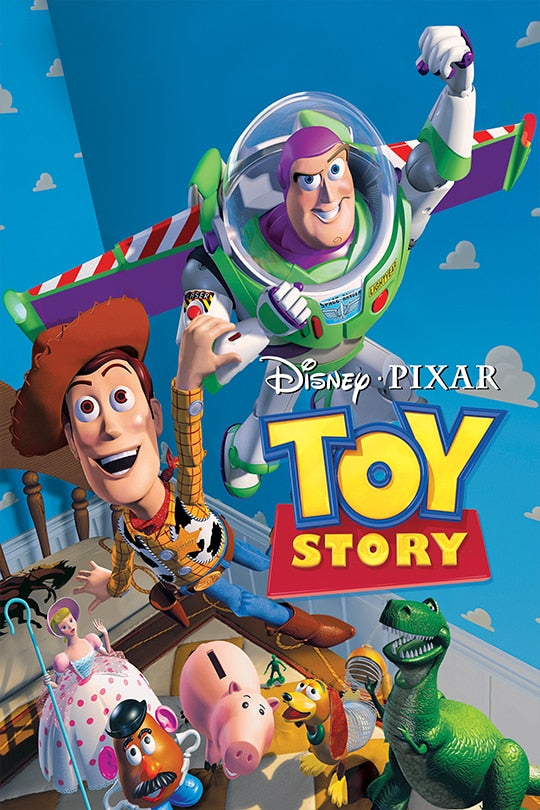
Animation and Toy Design 1986 - 1995 (fourth part)
As a result, we wanted to focus on the history of the animation of its creation to today, and how animation inspires the middle of the Toy Design. This article is the fouth of a series of at least five articles.
Underneath come from several sources and personal knowledge, it is important to quote the site of the "Université populaire des images" which was more than precious aid with its absolutely fascinating chronological frieze.
1988: a pivotal year.
If at Disney, we continue to produce a feature film a year, the studio is still not out of its artistic impasse and although "Oliver and Company" cannot be qualified as a commercial failure, it is rather coldly received by the public and suffers from the image of The Black Cauldron (and this, in spite of undeniable qualities).
In that same year, a former Disney animator who had seceded achieved monstrous success with The Little Dinosaur and the Valley of Wonders. His name: Don Bluth. Creator of the hit game Dragon's Lair in 1983, and director of An American Tail, a huge hit in 1986, Bluth was once an animator on Robin Hood, Rox & Rouky and Sleeping Beauty.

Produced by Steven Spielberg (who will make another dinosaur movie a few years later that will mark history) the film is an affirmation of the end of the monopoly of the Burbank firm.
If this period of doubt at Disney interests you, I recommend the documentary Waking Sleeping Beauty which tells the fall and then the rebirth of the studio between 1984 and 1994.
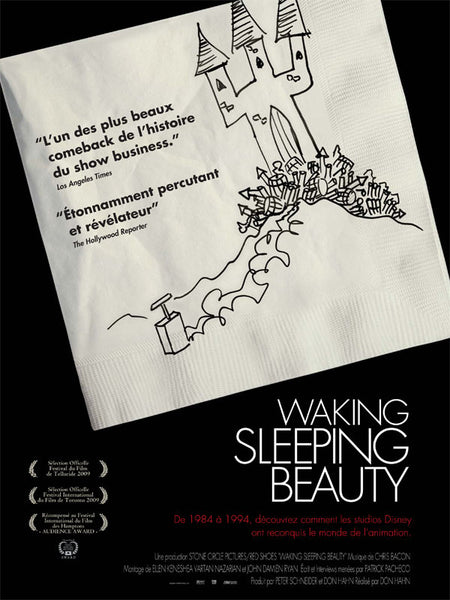
1988 is also the year when Robert Zemeckis leans on animation with Who framed Roger Rabbit. Emerging from the colossal success of Back to the Future, Zemeckis has achieved the unthinkable: bringing together several licenses from different studios (Warner/Disney in particular) thanks to a skilful production by Touchstone (a Disney subsidiary) and Amblin (Steven Spielberg's studio).

And if, like yours truly, you are a fan of this film, know that we offer you reaction figures in his effigy.
If in the West we therefore have some beautiful things, it is indeed on the side of the East that 1988 is a shock. After Castle in the sky in 1986, Ghibli draws two masterpieces in quick succession: My Neighbor Totoro on one side and Grave of the Fireflies on the other. If they arrive in France in 1999 and 1996 respectively (we will have to wait for Spirited Away so that the gap between the Japanese and international release is reduced.), the films are the affirmation that Ghibli is already a great studio, that either commercially (with the immense success of totoro) or artistically (with the rave reviews of Grave of the Fireflies).


I refer you moreover to the excellent book Hayao Myiazaki if you wish to learn more on the subject.
It is available right here.
We stay at the cinema, but this time with a film that is not from Ghibli studios: Akira. An Otomo project, it quickly became cult to the point of being, even today, considered one of the best animated films of all time.

If you haven't seen Akira, stop everything and go see him. If you have already looked at it, however, perhaps Otomo Katsuhiro Posters X Graphic Design is a book that will interest you.

Let's move on to television this time with, between 1986 and 1988 in Japan and between 1988 and 1995 in France, the broadcast of a phenomenal series: Dragon Ball. 153 episodes, 4 OAVs and as many films, an incalculable number of derivative products, controversies in Europe on the violence of Japanese cartoons, and several series later, we can affirm it without a doubt: Dragon Ball is THE phenomenon of the late 80s and early 90s.
153 episodes, 4 OAVs and as many films, an incalculable number of derivative products, controversies in Europe on the violence of Japanese cartoons, and several series later, we can affirm it without a doubt: Dragon Ball is THE phenomenon of the late 80s and early 90s.
And who says phenomenon says figurine. That's pretty good because we have an entire universe dedicated to Toriyama's saga.

The whole universe of Dragon Ball
Technical changes.
We are now in 1989, the Cold War is about to end, once again a Don Bluth film (Charlie) is opposite a Disney film (The Little Mermaid), a sixth Asterix film is coming to at the cinema, a new Myiazaki is also coming out in the land of the rising sun, in short, it strongly resembles the previous year.
A few years later, Disney, Henry Selick (of which we will talk again later when evoking Coraline), and Tim Burton will give a new highlight of this technique with The Nightmare Before Christmas
Once again we have something to satisfy the fans of the film with reaction Figure taking up the main characters in the film.


And if we talk about stop motion animation, it would be criminal not to mention the work of Adam Elliot, who, in two films, has proven himself to be an undisputed and indisputable master of animation.


1989 always with the appearance on a small screen of a family that you know well and which still people today people today: The Simpsons.

And you see me coming in saying "Oh, but he's going to try to sell us figurines again"... Well you're completely right.


Find the whole universe of Simpsons here
For several years, the cinema is at cruising speed with the same creators coming back tirelessly (Ghibli/Bluth/Disney). Let's be clear, there's nothing scandalous about that, especially since great films came out of this period (Aladdin, Porco Rosso, Pompoko, Batman Mask of the Phantasm), it's just technically not revolutionary and we will therefore use a very useful ellipse to land directly in 1995.
Why 1995? Well because a film called Toy Story released and that it will revolutionize the cinema.

If it is not the first film entirely made by computer (the computer is used since the 1970s by animators like Peter Foldès, John Whitney or John Halas.) it is on the other hand the first feature film entirely made in computer graphics.


Find the whole Toy Story universe here
It is now time to say goodbye, we will soon meet again for a fifth part centered on the impacts of Toy Story on the following films, the diversification of media or the wild competition between Disney and Dreamworks.
Our coolest products


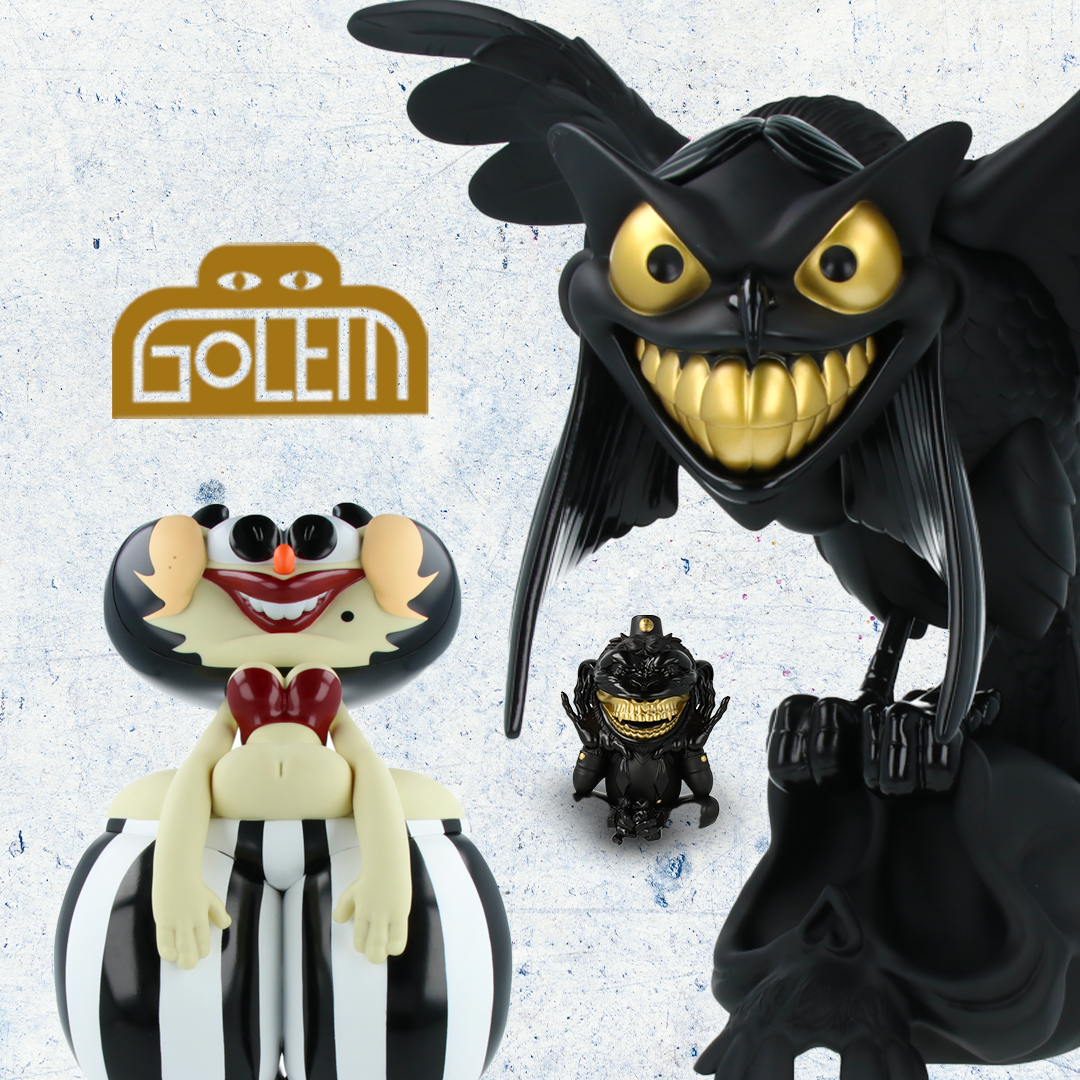
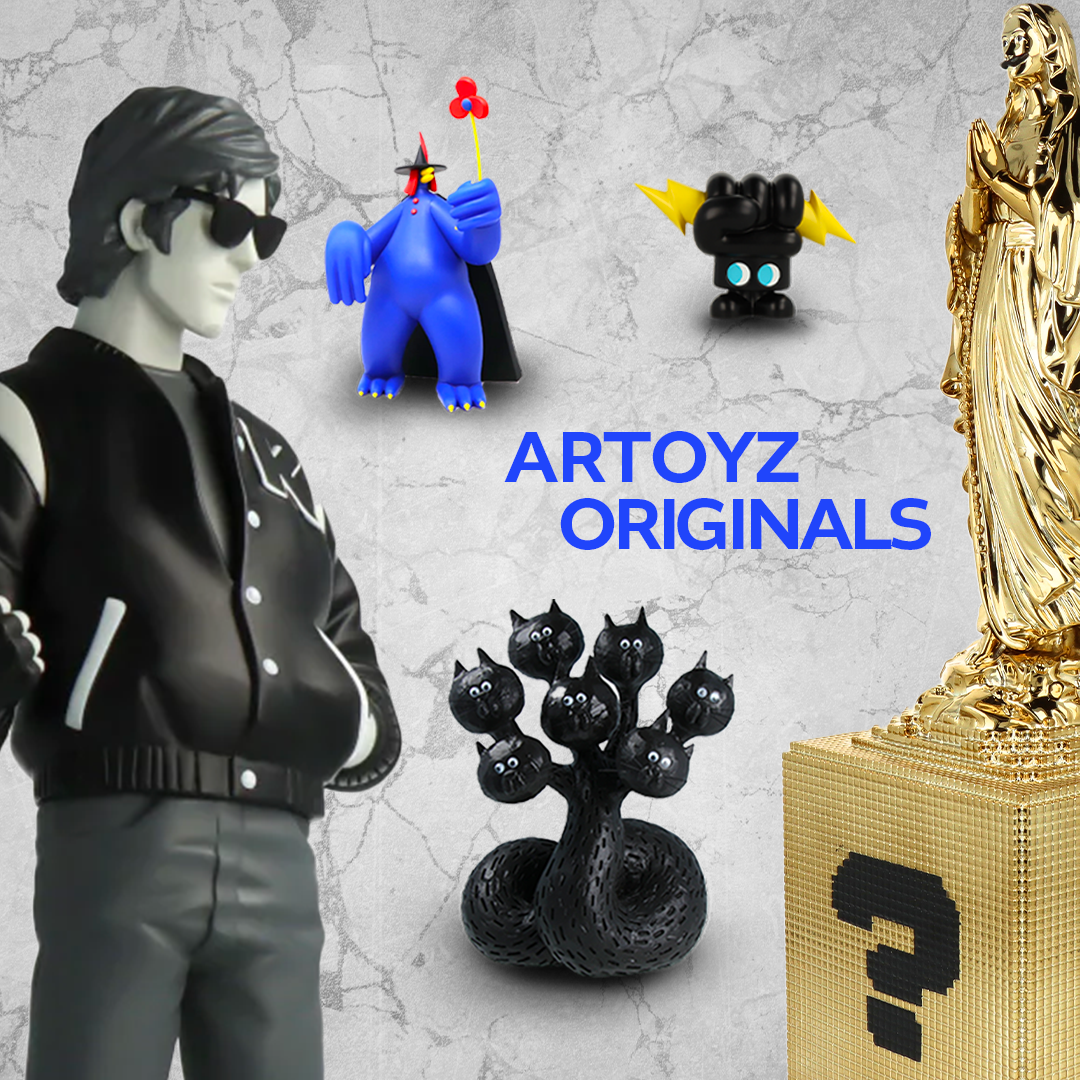








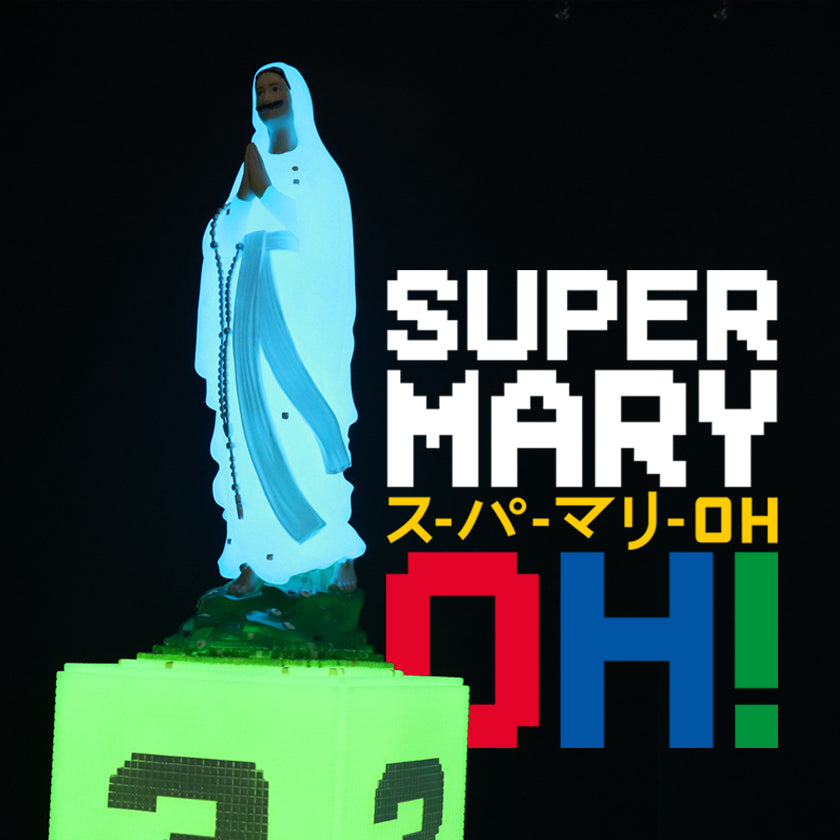



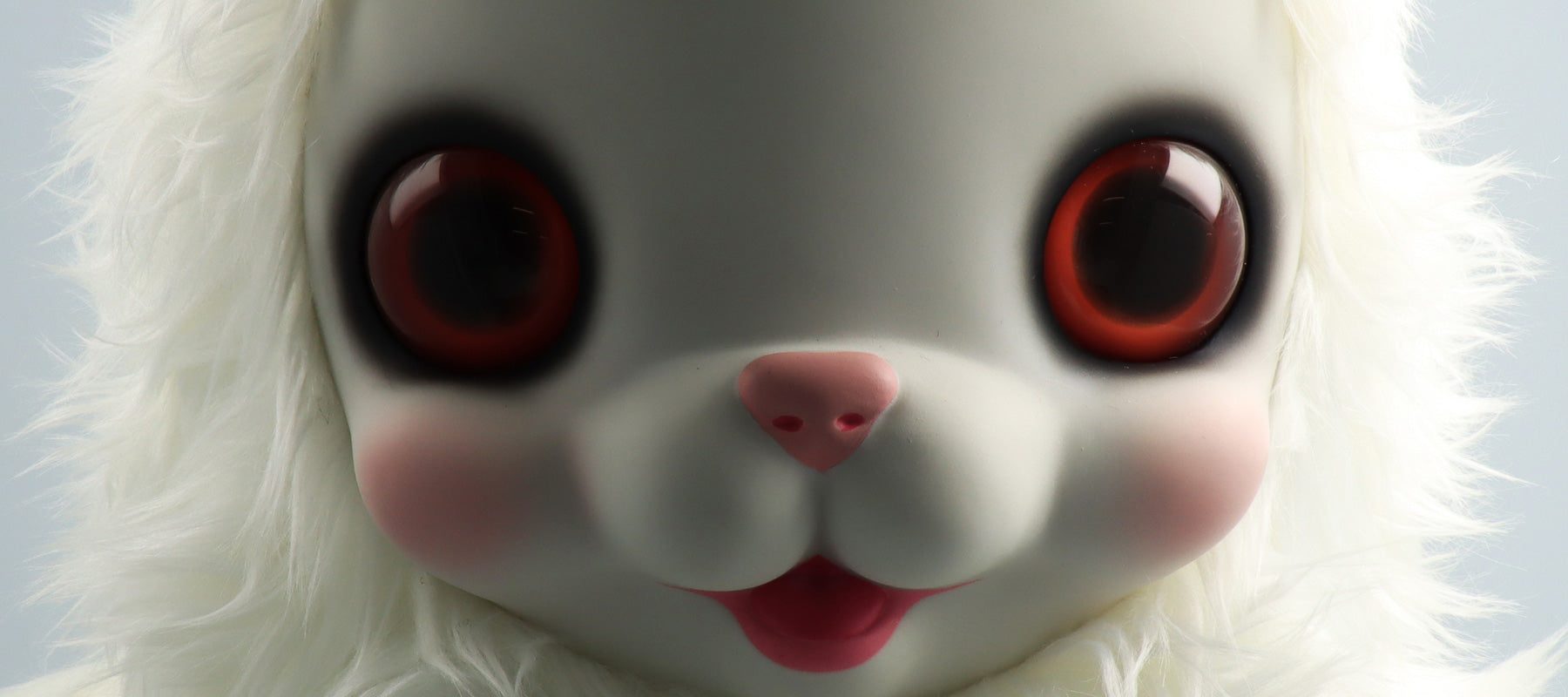






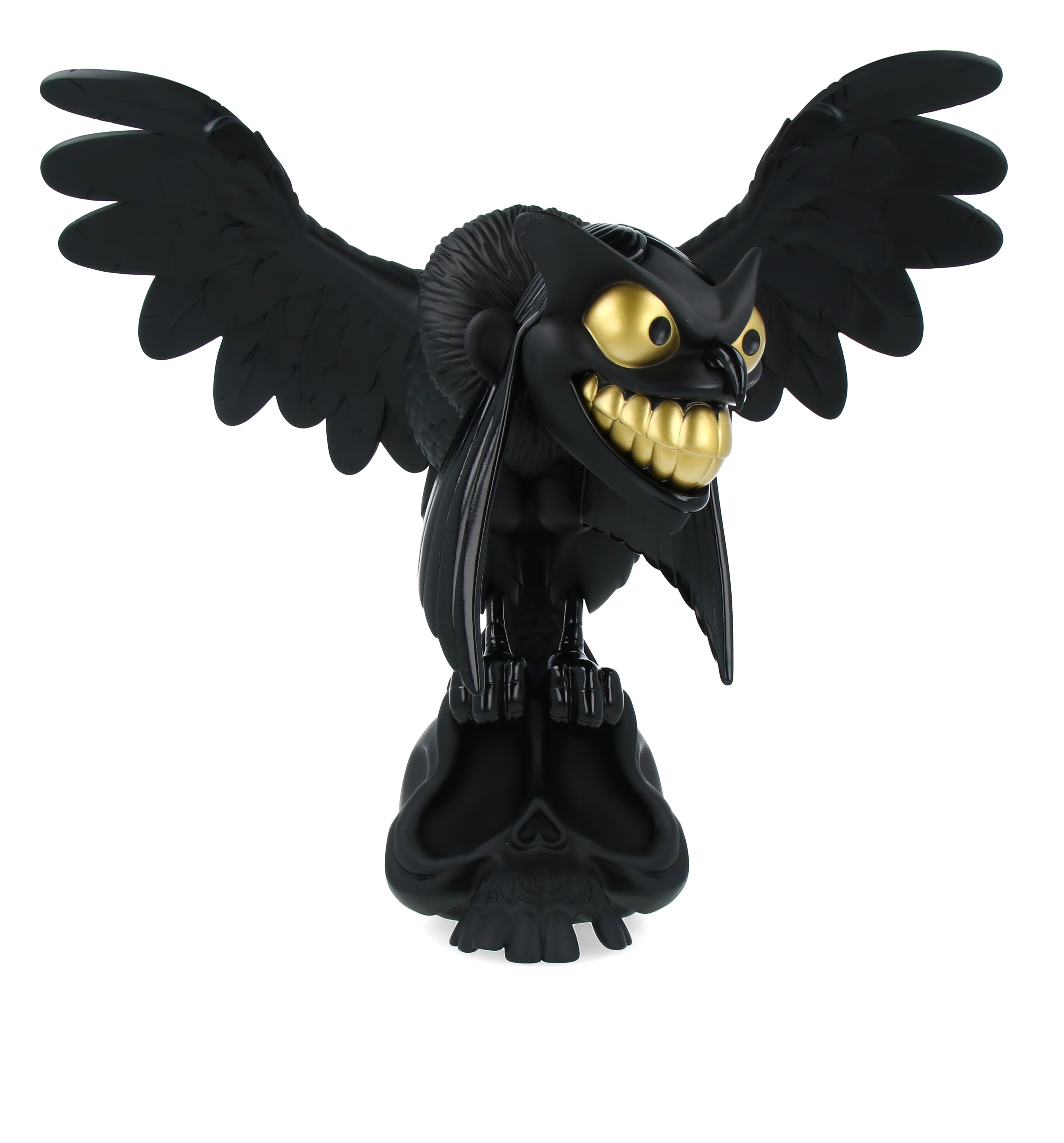

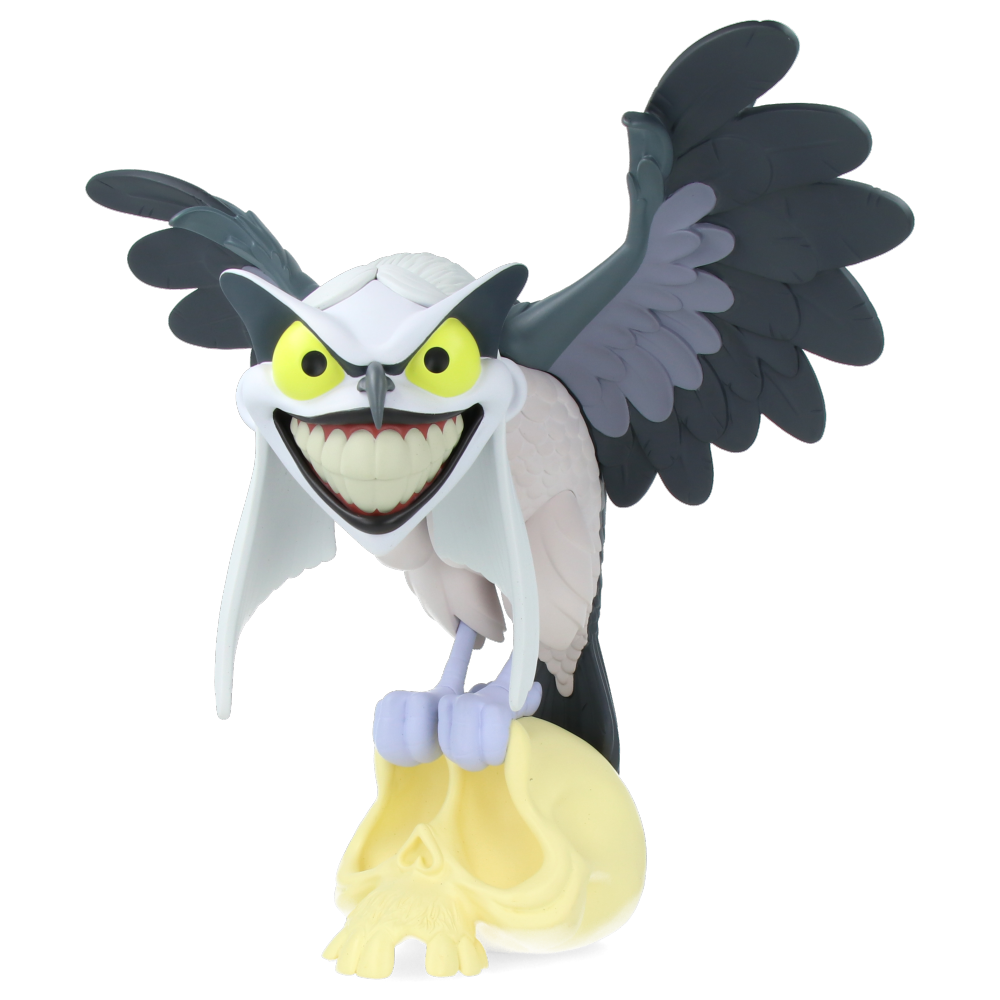
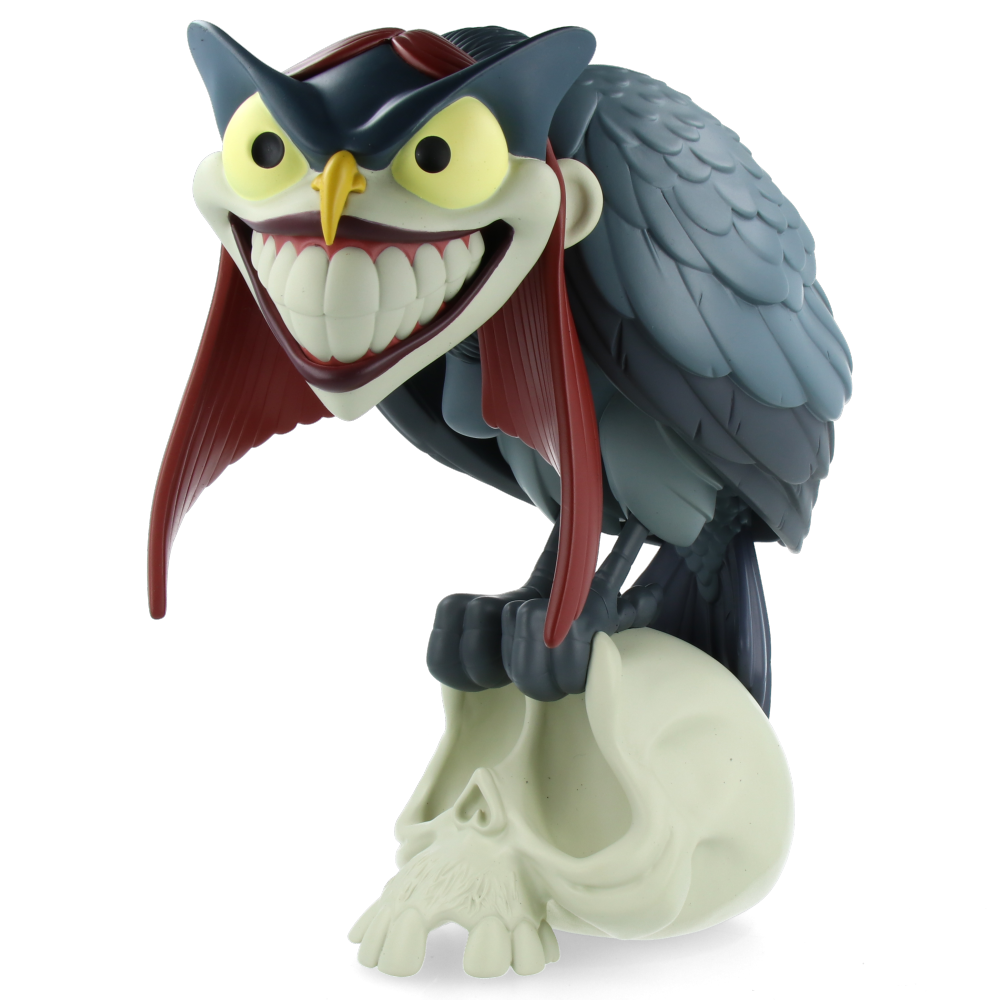

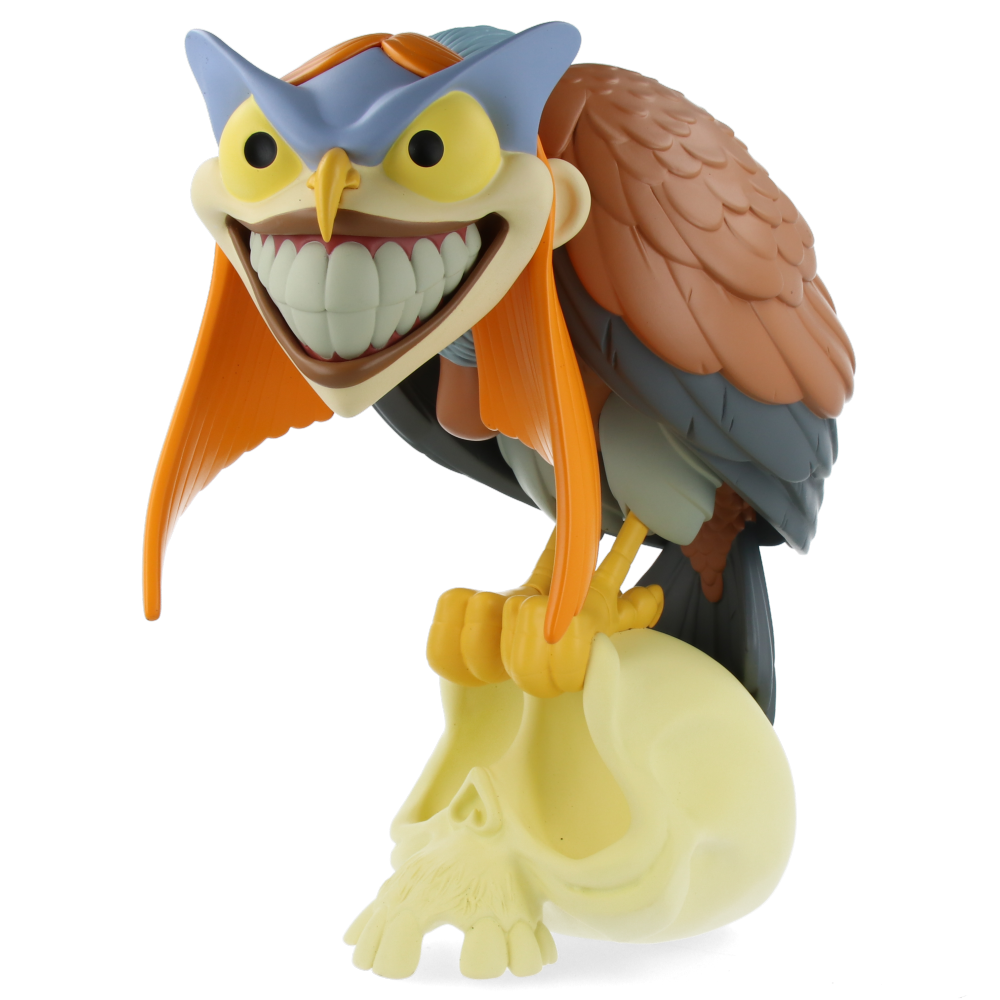
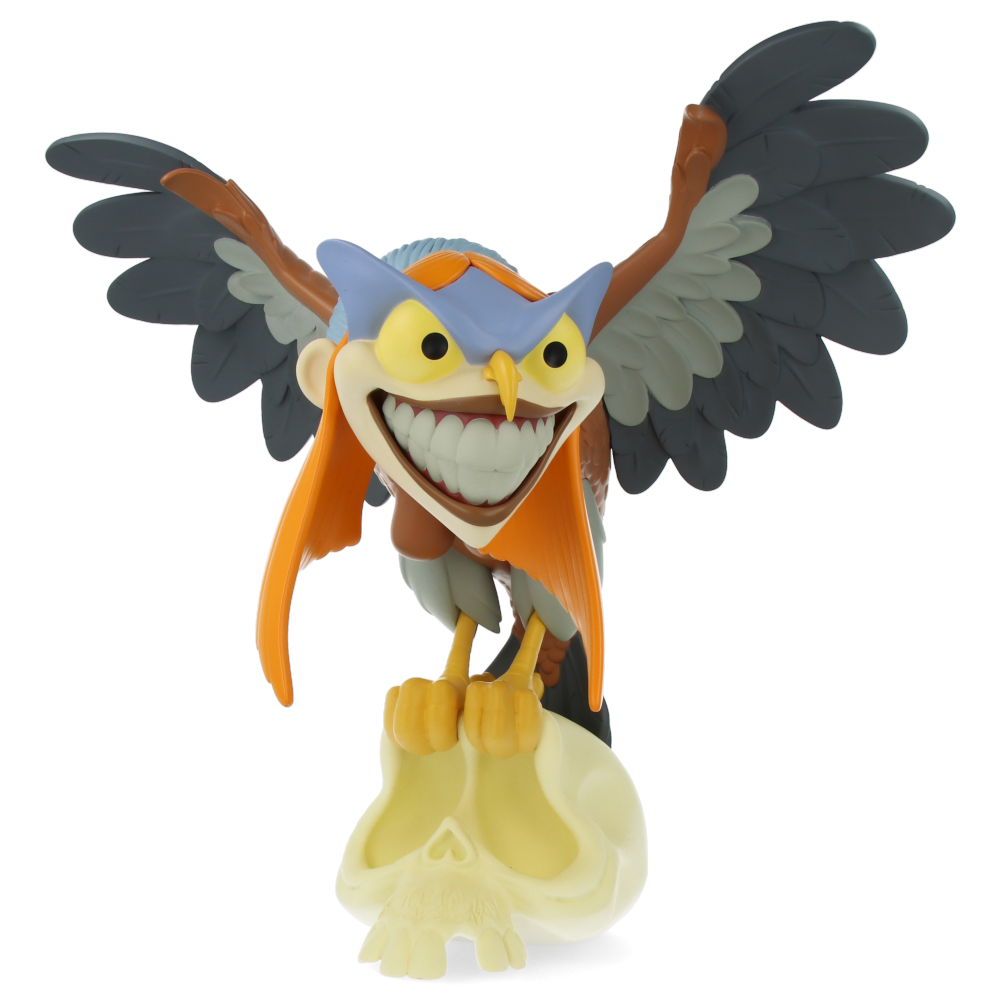


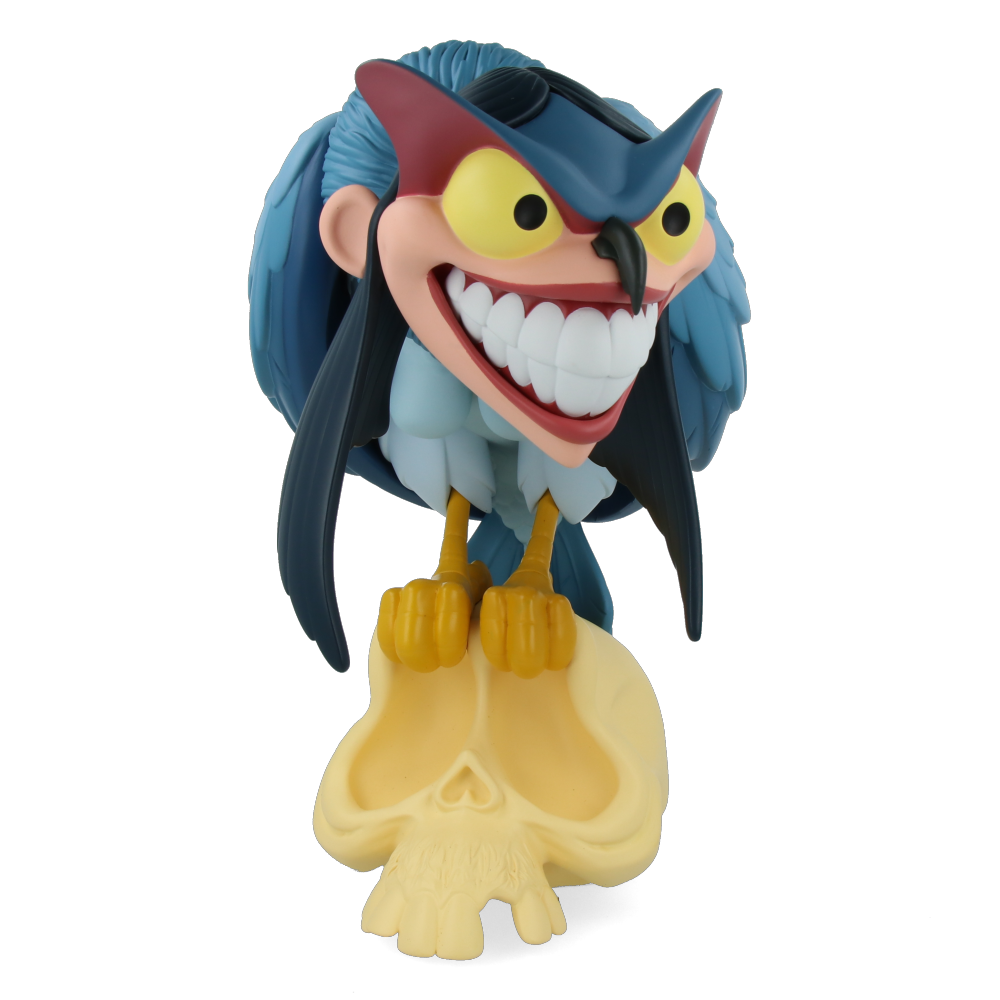
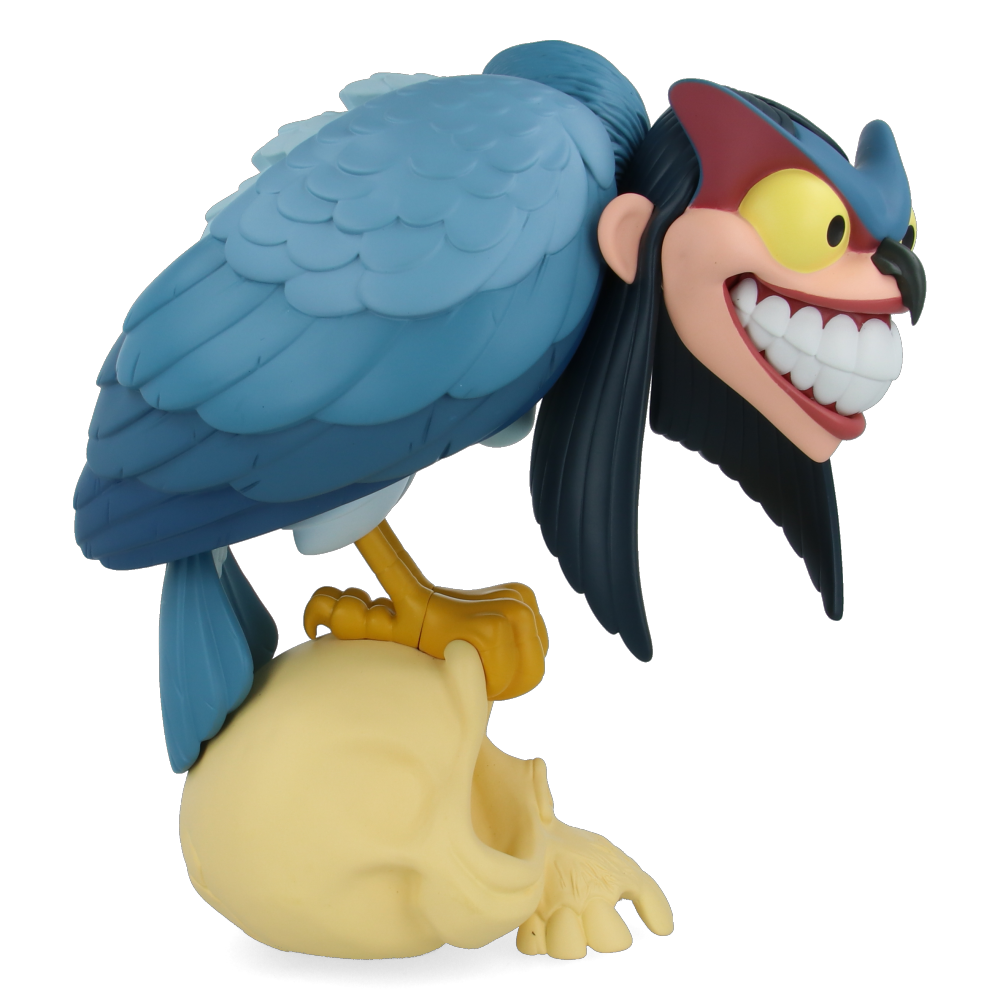

Leave a comment
This site is protected by hCaptcha and the hCaptcha Privacy Policy and Terms of Service apply.